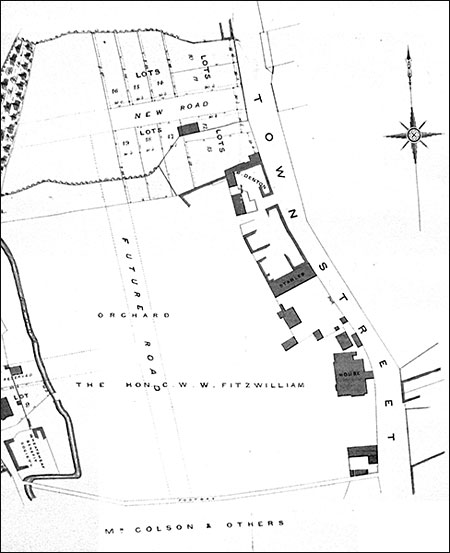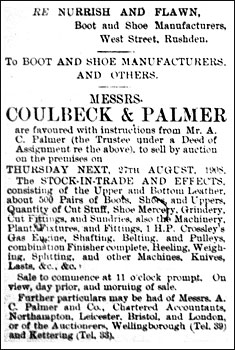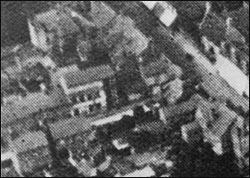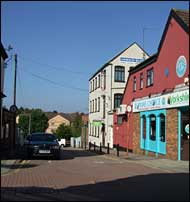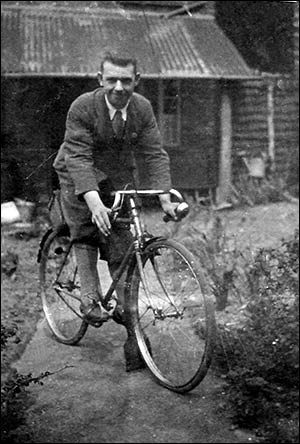The Rushden Echo, 28th January 1966, transcribed by Jim Hollis
Untidy West Street Complaint
Who is responsible for the shocking state of Rushden’s West Street? Is it publicly owned or privately owned? And why is a High Street cul-de-sac left to degenerate.
These are some of the questions being asked by shop owners and other businessmen whose premises border on this untidy road.
“We pay rates for this property,” Mr. T. E. Williams, a partner of Amos Horsburgh and Co, estate agents, who have opened a branch in the High Street, told the “Echo.”
“This road is atrocious. You can rip your tyres on the stones.”
To Investigate
“I have tried to find out who is responsible for the road. One person tells me it is public property and another says it is private. But the police say that even if it is a private road, they cannot stop the people from parking there and blocking our entrances.
“I am going to investigate this matter further.” A solution that would suit all the businesses in the area was put forward by Mr. A. F. Keech, owner of a bakerâs shop in the High Street, with the back entrance in West Street.
“The council should take it over, make it up and then turn it into a restricted parking area,” he said. “There are plenty of car parks nearby, but often we cannot load our vans conveniently near our business entrances because of private cars parked in the way.”
Council View
Years ago there were houses in the road but the remains of these went when the road was bombed during the war. Since then it has not been clear with whom the responsibility of looking after the road rests.
A spokesman for the urban council said that the road was a private one and, as such, ratepayers could not be expected to pay for its renovation.
It could be made up in due course, as a private road at the expense of the frontage occupiers.
There is nothing to stop the frontage occupiers from having the road done themselves, he said.
|
